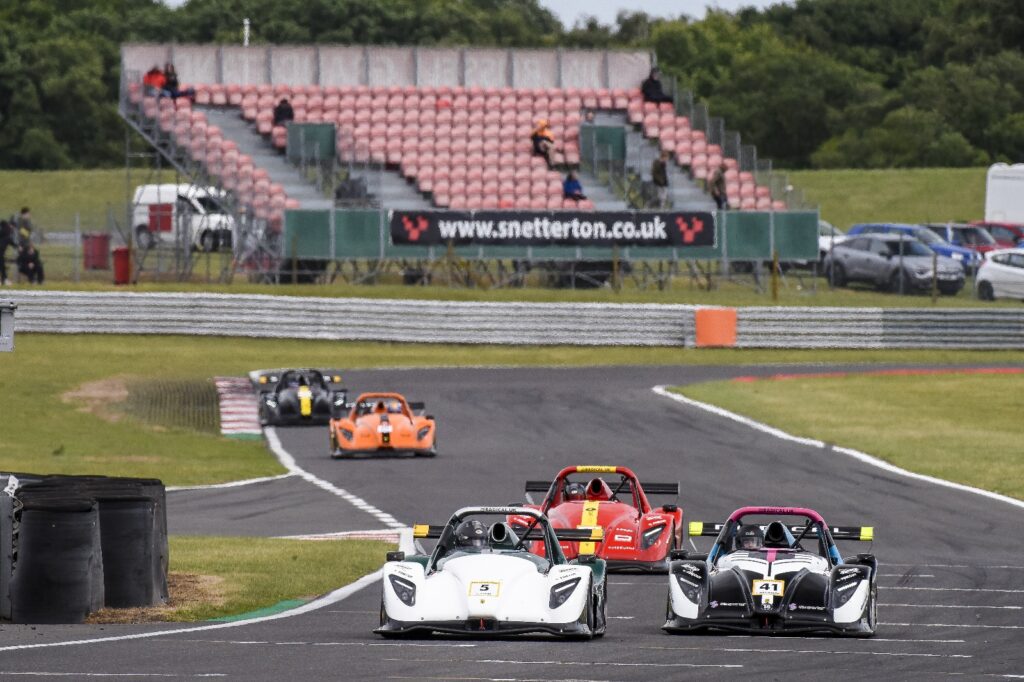G-Drive Racing by APR: 24 Hours of Le Mans Six-Hour Update
21 August 2021 | adminleveridge
G-Drive Racing operated by Algarve Pro Racing spent much of the first quarter of the 89th 24 Hours of Le Mans in the thick of the fight for the LMP2 lead with the #26 Aurus 01 of Nyck de Vries, Franco Colapinto and Roman Rusinov, until contact from a class rival necessitated a lengthy repair stop.
Rain fell the hour before the 16:00 start time on Saturday (21 August) afternoon, so intermediate tyres were fitted to both the #26 and #25 Aurus 01 LMP2s and officials elected to start the race behind the Safety Car.
After three familiarisation laps, the 61-strong Le Mans field was released, and FIA Formula E World Champion De Vries in the #26 and Roberto Merhi in the #25 pressed on from fourth and 18th in the LMP2 starting order respectively.
Grip was at a premium and there was contact and spins aplenty, but G-Drive Racing initially kept its nose clean as ambient and track conditions stabilised.
De Vries slipped up to P2, keeping pace with the class-leading #38 JOTA car during a marathon stint that took him into the third hour, but the #26 had spells at the head of the LMP2 classification with Franco Colapinto aboard.
However, contact from the #1 Richard Mille Racing entry necessitated a lengthy repair stop to the #26 G-Drive machine’s front-end, engine cover and right-rear uprights, and the crew now have a four-lap deficit to the class leaders with 18 hours remaining.
Merhi, meanwhile, worked his way into the top ten but dropped the #25 car into the gravel soon after taking on slick tyres, tumbling to the tail end of the field.
However, the Spaniard was retrieved from the kitty litter by trackside marshals and took the #25 to hour four, when he passed the reins to American Am John Falb, who broke back into the top 13 as night fell.
Roberto Merhi (#25 G-Drive Racing by APR Aurus 01 LMP2): “My start was really good. We started on intermediate tyres and it was quite difficult to maintain the car on the track because there was a lot of aquaplaning. Also, the airflow in my cockpit was fully closed for some reason – I don’t know why – and the windscreen fogged up so much that I could barely see, which made it twice as difficult. Really it was about survival from there, making up places without taking any risks. We had an issue with a wheelnut in the first stop, which cost us around 15 seconds, so I pushed hard to make up for lost time but felt the brake pedal get a bit soft and long, and I ended up locking the rear and sliding into the gravel. We lost a lap as a result. Hopefully we can recover that in the remainder of the race.”



